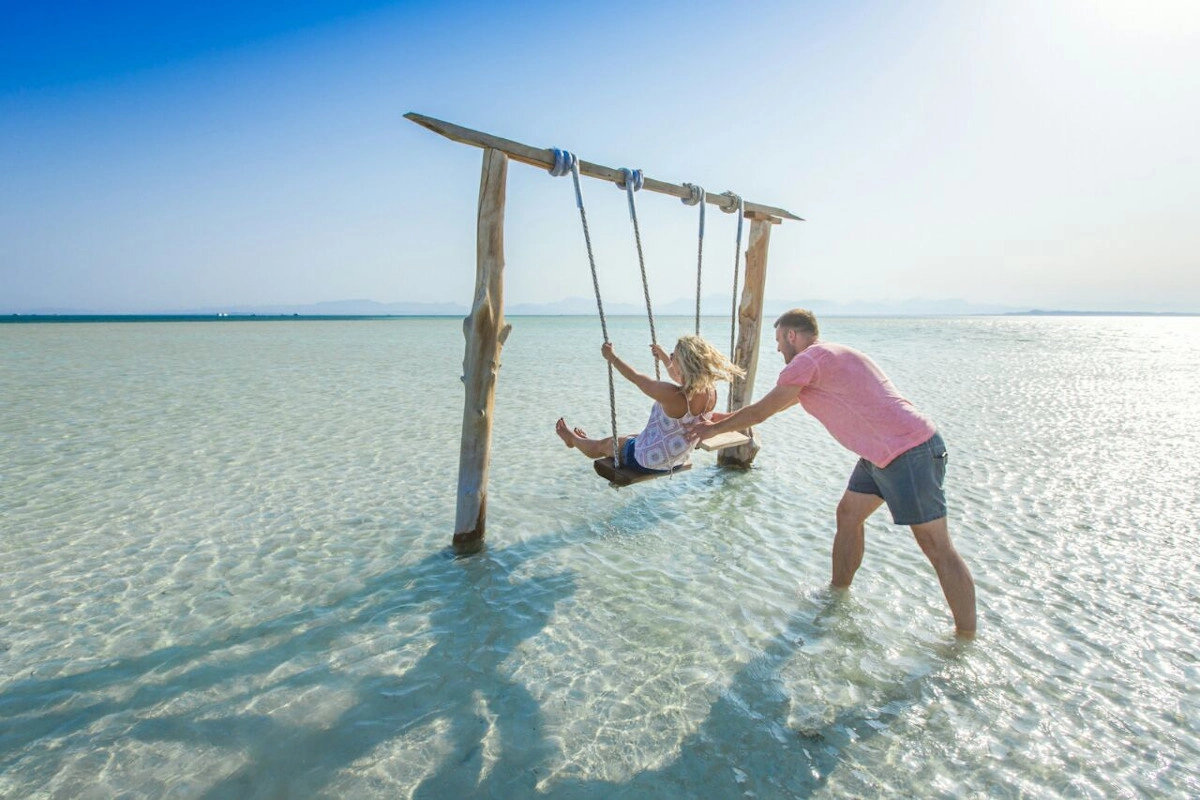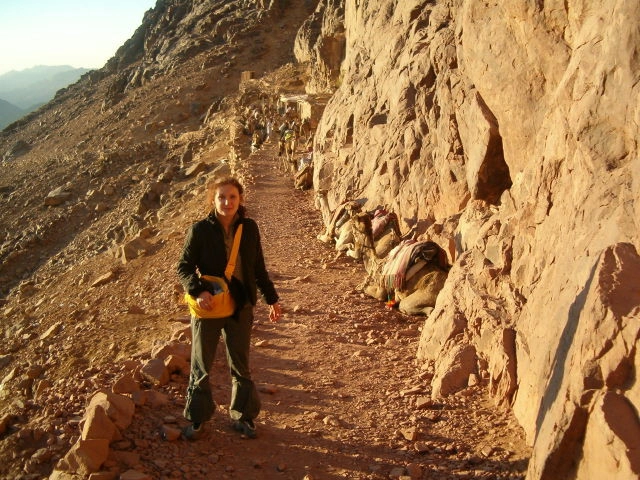Red and White monasteries pilgrimage tour from Hurghada
★★★★★ 5 / 5 306 Reviews| 🗓 Available | Every day |
| 🕓 Pick up | 06:00 AM |
| ⌛ Duration | 13 Hours |
| 🧒 Child | £60 |

Pilgrimage tour from Hurghada to Sohag, visiting the Red and White Coptic Orthodox monasteries
Pilgrimage to Sohag from Hurghada
Departure from your hotel in Hurghada early in the morning and transfer to the city of Sohag, which is located 230 km from Hurghada. The road, unfortunately, is longer, as there are many detours (about 365 km). We will visit two ancient Coptic monasteries dating back to the 4th century AD.
Excursion to the White Monastery
The White Monastery (Deir al-Abyad) or Saint Shenouda Monastery (Dair al-Anba Shinuda) is located on the edge of the desert 8 km west of the modern city of Sohag. The ancient monastery once belonged to a community of monasteries that also included the Red Monastery (Deir al-Ahmar) to the north and the women's parish to the south at Atrip.
The Church of Saint Shenouda in the White Monastery dates back to the 5th century. Its architectural plan is a three-nave basilica, and the outer walls are crowned with a cornice in the style of ancient Egyptian temples. Over the centuries, the church has been rebuilt and restored. As a result, in its current form, the church is somewhat different from the original, built by Shenouda. The main temple of the White Monastery, better known as the Church of St. Shenouda, is the only surviving building from the ancient monastery.
All literal and material evidences - the life of Shenouda himself and the inscription of a 12th-century artist named Theodore, who painted a picture on the eastern half-dome - indicate that the construction of the monastery began at the end of the life of Shenouda, who died around 465 AD. There is substantial evidence of rebuilding and numerous additions to the temple during the medieval period. The church is still in use today and remains a major visitor center for pilgrims, especially during the annual Saint Shenutda feast in July.
Excursion to the red monastery
The Red Monastery is located 21 km west of Sohag and is considered one of the most important monasteries in the early history of Christianity. Because of the red brick that makes up most of its masonry, it is known as the "Red Monastery", white limestone and a few pink and black granite columns were also used during its contraction. The monastery was founded by Saint Bishoy at the beginning of the fourth century AD. During its history, it survived two fires, the first was during the Roman period, and the second was the result of attacks by the Berbers. All that remains of the Red Monastery is its church and the surrounding fortifications to the south, with the remains of a structure believed to have belonged to the economic zone north of the church also preserved.
After visiting the monasteries, we will return back to Hurghada.
- ✓ Transfer from Hurghada to Sohag by air-conditioned car
- ✓ Entrance fees to monasteries
- ✓ Russian speaking escort
- ☓ Lunch and drinks
- Documents
- Bottle of water
- Snack
- Appropriate dress
Hurghada Tour Packages: Holidays and Vacation in Egypt









